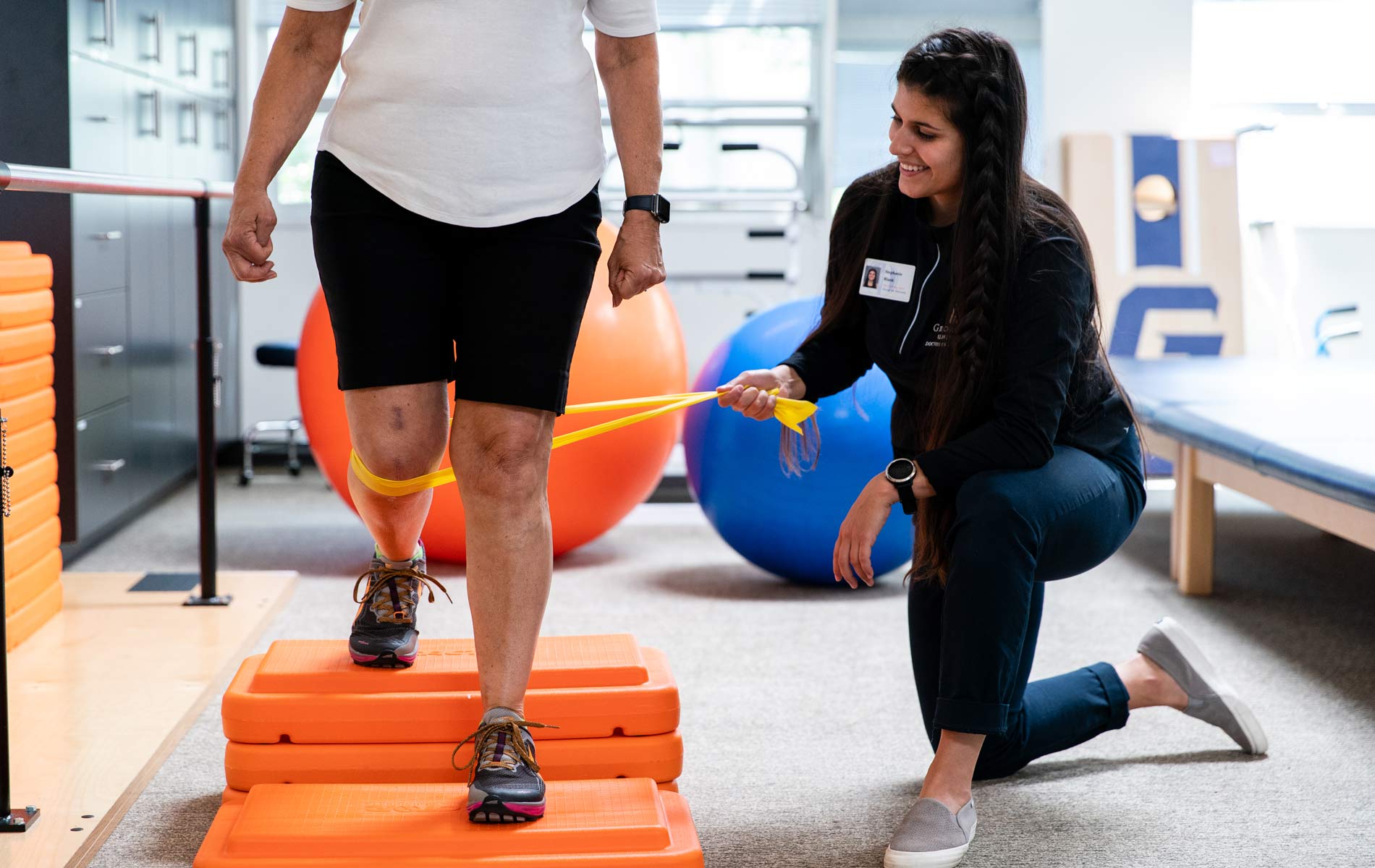Physical therapy after an operation typically starts with an evaluation by a certified physical therapist. This expert assesses the patient's status, including their scope of motion, power, and discomfort levels. Based on this assessment, a personalized treatment plan is created. This plan may consist of exercises to improve flexibility, strength training to rebuild muscle, and techniques to enhance balance and stability. The therapist will guide the patient through these workouts, making sure they are executed safely and effectively. This tailored approach helps patients progress at their own speed while meeting their specific needs.
One of the key benefits of physical therapy is pain management. After surgery, many patients feel discomfort or pain, which can hinder their ability to move and participate in daily activities. Physical therapists use various methods, such as hands-on therapy, treatments like heat or ice, and targeted workouts, to help alleviate pain. By controlling pain efficiently, patients can participate more completely in their recovery workouts, leading to faster recovery. Additionally, understanding how to control pain can enable patients to assume an engaged role in their recovery process.

Another crucial aspect of rehabilitation is instruction. Patients are taught about their status, the recovery process, and the significance of following to their recovery program. This understanding helps patients understand what to expect during healing and the role they have in their own recovery. Physical therapists also provide guidance on how to adjust daily tasks to avoid further injury webpage and promote healing. This educational component fosters a sense of independence and confidence, allowing patients to feel more in control of their healing journey.
In conclusion, physical therapy is an essential component of healing after an operation. It not only aids in physical rehabilitation but also promotes emotional and emotional well-being. Through personalized treatment plans, discomfort management methods, and educational support, physical therapy enables patients to manage of their healing. By proactively participating in their recovery, individuals can recover their power, improve their mobility, and improve their overall standard of life. Embracing physical therapy after an operation can lead to a successful and rewarding recovery experience.